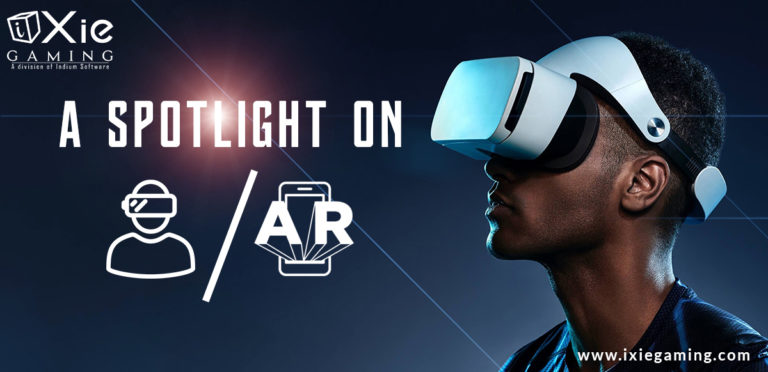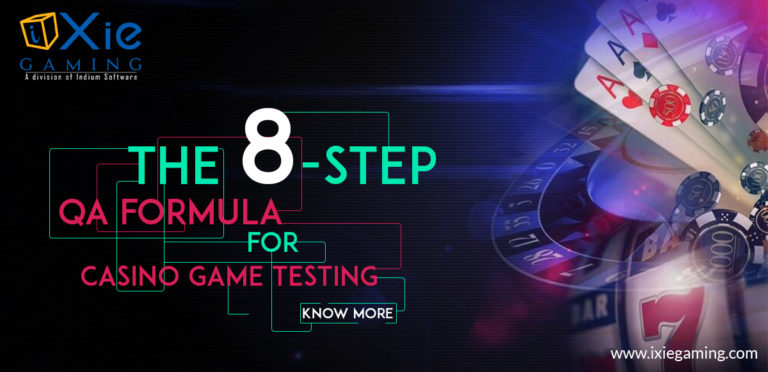Free-to-play and live-service games have become well-established in the gaming industry. They provide players with a convenient way to start playing, and the longevity of such games hinges on the appeal of their existing content as well as the strategy for delivering and monetizing future updates. Monetization methods in these games play a pivotal role in sustaining the ecosystem while keeping players engaged and satisfied. Striking the right balance between revenue generation and player experience is essential. But what is the ideal way to monetize a game, if there is one? Additionally, do these methods differ across different platforms? Let’s take a look at the various monetization approaches developers can take and the pros and cons associated with each.
In-Game Purchases (Microtransactions):
Perfect for any platform, this is directly linked to the content on offer and its appeal. Players can purchase virtual goods, such as skins, outfits, weapons, power-ups, or in-game currency using real money. Based on the feedback for the content at launch developers can tweak their content pipeline for a broader appeal.
Pros:
Direct Revenue: Provides a direct source of income from players who choose to make purchases.
Player Choice: Allows players to customize their experience and support the game according to their preferences.
Continuous Revenue: Encourages ongoing spending from a dedicated player base.
Cons:
Potential for P2W (Pay-to-Win): If not balanced carefully, this can lead to a pay-to-win dynamic, where players who spend more have an unfair advantage.
Negative Player Feedback: Some players may feel pressured or frustrated by the presence of microtransactions.
Subscription Models:
While subscription models have been around for a while and have paved the road for success for juggernauts like World of Warcraft, the model is more widely adopted today in the mobile platform.
With this model, players pay a regular fee (monthly or yearly) to access premium features, content, or benefits within the game. Services like GamePass, PlayStation Plus Premium among others have evolved this model to offer a wide range of full-price games, but that is a topic for another day.
Pros:
Steady Revenue: Provides a consistent income stream as long as players continue to subscribe.
Enhanced Player Experience: Subscribers typically receive additional content, early access, or special perks.
Cons:
Barrier to Entry: Some players may be hesitant to commit to a subscription, especially if they’re unsure about the game.
Retention Challenge: Developers need to continually provide value to keep subscribers engaged.

Ad-Based Monetization:
This is yet another model that feels tailor-made for the mobile platform and is arguably among the most widely adopted models, at least on mobile. Players may view ads (videos, banners, interstitials) within the game in exchange for in-game rewards or premium currency. However, companies are constantly experimenting with this model on other platforms, thanks to the huge potential this model has.
Pros:
Non-Intrusive: Ads can be implemented in a way that doesn’t disrupt gameplay if done thoughtfully.
Additional Revenue Stream: Can provide supplementary income alongside other monetization methods.
Cons:
User Experience: Poorly implemented ads can annoy players and negatively impact their overall experience.
Optimization Challenge: Balancing ad frequency and rewards can be tricky to maximize revenue without driving players away.
Cosmetic Loot Boxes/Gacha Systems:
Perhaps one of the most controversial monetization methods out of all, this system has Players spend real money for a chance to obtain rare or exclusive in-game items through randomized loot box mechanics. This method has had a bad rap among gamers and critics alike due to poor implementation of the feature, oftentimes getting in the way of player engagement. That said, the system still thrives in certain genres like fighting games and free-to-play RPGs.
Pros:
Player Engagement: Creates a sense of anticipation and excitement for players trying to obtain rare items.
Potential for High Revenue: Successful implementations can lead to substantial income.
Cons:
Gambling Concerns: Loot box systems have faced scrutiny due to similarities with gambling mechanics.
Negative Player Sentiment: Some players may feel frustrated or manipulated by the random nature of loot boxes.

Season Passes and Battle Passes:
Among the most widely adopted methods on both free-to-play and full-price games, these passes grant access to additional content, challenges, and rewards over a defined period, encouraging player engagement and providing predictable revenue. However, they can create exclusivity issues for non-subscribers and require careful design to avoid becoming too easily attainable.
Pros:
Player Progression: Encourages player engagement and retention by providing clear goals and rewards.
Predictable Revenue: Players know what they’re getting and can decide if it’s worth the cost.
Cons:
Exclusivity Issues: Players who don’t purchase the pass might feel left out or disadvantaged.
Balancing Challenge: Developers need to carefully design passes to ensure they’re rewarding but not too easily attainable.
Conclusion:
Successful monetization strategy often involves a combination of these methods, tailored to the specific game and its player base. By offering a variety of methods, developers can cater to different player preferences and demographics, facilitating a thriving and sustainable free-to-play model in the gaming industry. It is imperative that ethical considerations and player feedback remain central to the implementation of these monetization strategies, ensuring a mutually beneficial relationship between developers and players, ultimately resulting in the success of the game.
Planning to deliver engaging and highly immersive games to players worldwide? iXie’s game development services would be the right choice with massive experience in the gaming industry over the past decade.






